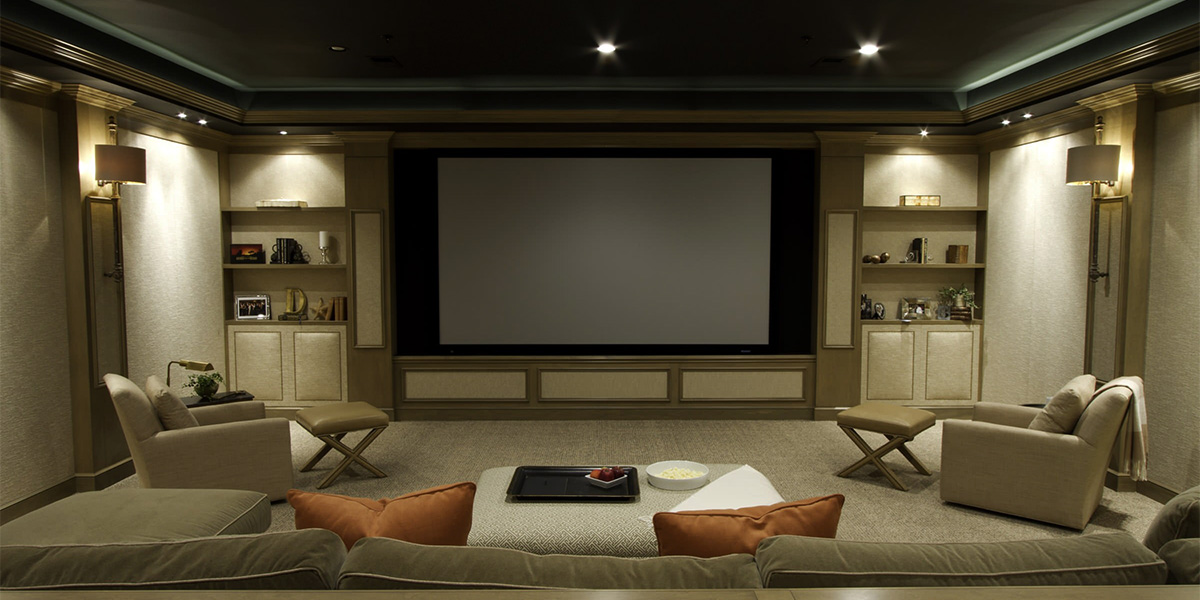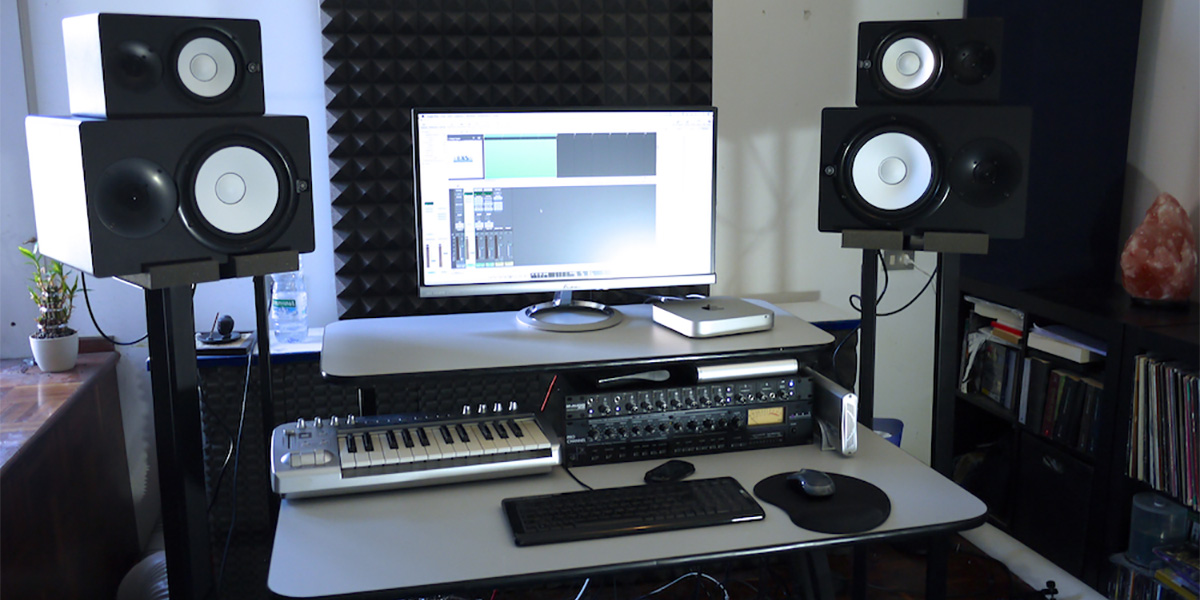
What to Look For When Shopping for a Home Theater Projector
When shopping for a home theater projector, it is important to consider some of the key features that can help determine the best model for your needs.
First, brightness is an important factor since brighter projectors are able to perform better in rooms with higher levels of ambient light. Therefore, if you plan on using the projector in a bright environment, you want to make sure that the projector is bright enough to handle it.
Second, contrast ratio is another important factor when selecting a home theater projector because it helps determine how clearly images will appear. You should look for models with higher contrast ratios in order to get better visuals and sharper details.
Third, resolution is yet another factor to consider. Higher resolutions will provide sharper and more detailed images, which is important for watching movies and playing video games.
Fourth, the type of technology used in the projector is also something that should be taken into account when shopping for a home theater projector. LCD projectors offer good image quality but may not be suitable for gaming, whereas DLP projectors are better for gaming and can provide richer colors.
Finally, you should consider the size of the projector when shopping for a home theater projector. You want to make sure that it is not too large or too small for your needs so that it fits comfortably in the space where it will be used.

By taking all of these factors into account, you should be able to find the best home theater projector for your needs. Alternatively, you could consult an expert who can help guide you in making the right purchase decision.
Difficulties you may encounter while using the projector
How to connect speakers to a projector
If you are wondering how to get sound from projector to speakers, you should first check the manufacturer’s instructions for your specific model. This will provide details on what types of connections are compatible and which ports should be used. Generally, most projectors have the ability to connect through either an HDMI port or a 3.5mm audio jack. Depending on your speaker setup, you may need to purchase an additional audio adapter or cable in order to make the connection. Once all of the cables are connected, you should be able to enjoy your audio and visuals through your projector.
How to tackle problems with connection or compatibility

When it comes to problems with connection or compatibility, the best way to tackle them is to make sure that you have all of the necessary connectivity requirements and components. Be sure to check with your home theater projector’s manufacturer for specific information on what type of connections are required and what components may be needed. Additionally, if possible, try to connect the projector to another device or system prior to connecting it to your home theater setup. This can help ensure that all devices and components are compatible with each other and will reduce the chances of any issues upon connection. If problems still occur, then you may need to upgrade or replace your current equipment in order for the projector to function properly.
Tips for using a home theater projector
- Use blackout curtains or shades on windows that have direct sunlight that can interfere with image quality.
- Place the projector at a distance that allows for enough space for an optimal viewing experience.
- Make sure the lens is not blocked by anything in order to get a clear and distortion-free image from the projector.
- Be sure to clean the air filter regularly to prevent overheating and reduce dust buildup.
- Install the projector at an angle to reduce image distortion and get better performance from the device.
- Ensure that all of your cables are securely connected before using the projector.
- Use a quality, high-speed HDMI cable when connecting your home theater components to the projector. This will ensure smooth, clear picture quality.
- Verify that your ceiling mount is well-secured before using the projector. This will ensure that it won’t fall and become damaged or cause injury if it were to move unexpectedly.